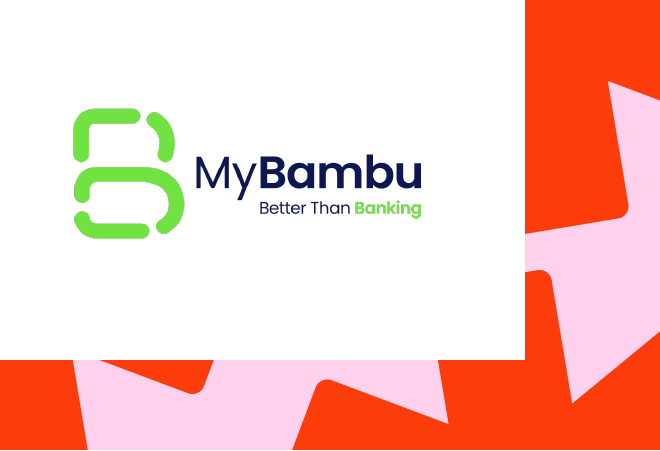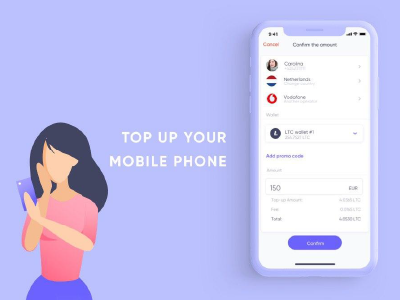
Monisnap was founded in 2017 by former employees from Google and Groupon with the goal of providing a full-featured set of financial services to those that seek to remit money back to their relatives.
This month we speak to Raphaël Rivière, Co-Founder and CEO of Monisnap, about how the company are bringing to life the long-awaited disruption in the traditional European remittance market.
Ding: Tell us a little about Monisnap – how did it start and what makes it unique?
RR: Monisnap is the is the new way to quickly transfer money all over the world. Sending money to loved ones back home is one of the top priorities for people arriving in Europe. We allow them to do it very quickly from their phone. Our ambition is to become a one-stop shop financial services solution for the millions of diaspora customers all over Europe. The idea started in 2017 while working at Google on an initiative called “The Next Billion Users”, trying to address the fundamental needs of the next billion users who would be accessing the Internet for the first time in the next 10 years. Among those needs, we spent a lot of time thinking about how to foster financial inclusion in emerging markets. Drilling down led us to find an innovative way to address this problem, by focusing on the diaspora’s specific financial needs, linked to the unique relationship they have with their home country.
Ding: Was there a light bulb moment when you knew you were onto something with Monisnap and when did you start seeing real growth?
RR: There is no magic exogenous moment suddenly triggering growth out of nowhere. It’s just hard work. However, when thinking about our new B2B product or service, based on a gut feeling, and based on an issue that we had identified, we came to understand that people around us were actively looking to solve that issue - then we knew that we were on to something.
Ding: Who are your average customers and how are they changing?
RR: Our end users are ultimately members of the diaspora, living in a developed country, mainly in Europe, and coming from a developing country, mainly in Africa, South-East Asia or Latin America. They are characterised by having settled down in a new country, leaving behind their close ones back home but keeping a deep connection with them. They will do everything they can to support their family abroad, especially financially. Whilst this a secular behaviour, the advances in mobile technology in both developed and developing countries, have opened up new opportunities not only for communication, but also for using the mobile handsets as a platform to send money and support loved ones all over the world. The most promising technology is Mobile Money, which allows for people in emerging economies to receive money directly on their mobile phones, giving them the ability to save money and get transfers from friends and family.
Ding: How long have you been partnering with Ding and how do you see the value of the partnership?
RR: Ding has been providing us with prepaid services since Q4 2018. For Monisnap’s B2C activity, a service like Ding’s makes it much easier to acquire customers, the acquisition costs being much lower than other remittance products and the international coverage that Ding offers being relevant to most of the end customers. Prepaid services for us is a very good entry point for the customer relationship, given the average acquisition costs and also allows us to efficiently cross-sell customers on other services. On top of being a good entry point, prepaid services seem to trigger a powerful retention pattern, with active customers tending to be more loyal on all remittance products than the average. It’s a win on all counts.
Ding: How did you introduce the mobile top-up product to your customers?
RR: We created a dedicated website and mobile application called Allo by Monisnap and focused our value proposition on 3 main topics: - Transparency: Users coming on our website to send a top up to their relatives need to know exactly what they are sending and what they are paying for: minutes, data, bundles etc. - Price: Users need to be offered the fairest price possible, so we positioned our price points below our competitors. - Simplicity: Users need to be able to top-up their relatives’ phone in a matter of seconds. Once we had created a first MVP version of this website, we applied a fast test-and-iterate approach to refine the product, by acquiring digital traffic in a controlled way. This allowed us to quickly adjust user experience, prices, identify key features and also fix bugs at for a minimum cost.
Ding: What other products are you looking at adding to your customer offering in the next year?
RR: We are in the process of expanding our Mobile Money footprint towards Mobile Wallets (eg: MPesa, Orange Money, Paga etc.) in order to provide a wider range of digital remittance products. We have beta-launched the service in the UK and are looking to improve the service before expanding to other countries in Europe.
Ding: Are you seeing anything in the Fintech space now which you think could be a gamechanger for the money transfer business?
RR: Over the last years, some companies have enabled banking features, making them available to virtually anyone - called banking-as-a-service. Since then, many players, even those outside the financial sector, started looking for ways to offer banking services to their end customers, either to generate an additional revenue stream via cross-selling activities, or to differentiate and create more stickiness. In any case, basic banking services are doomed to become a commodity and all players will eventually look for added-value services to bundle. We believe international remittances and recharges will be one of them.
Ding: What are the main learnings and pieces of advice you can share to fellow business owners / entrepreneurs?
RR: I can share two pieces of advice that have been very important to Monisnap since the beginning:
1) Accept that your own vision of your product or service is biased and will not reflect your customers’. As a result, do not base product decisions on your perception, but on customer centric data, even if it means changing everything;
2) As a decision maker, dissociate short term tactics and long term strategy. Your job is to deal with long term strategy and to define the destination you want your company to rally in the next 1-3 years. Your team will then find the best short-term tactics to find their way towards that destination. It should definitely not work the other way around.


